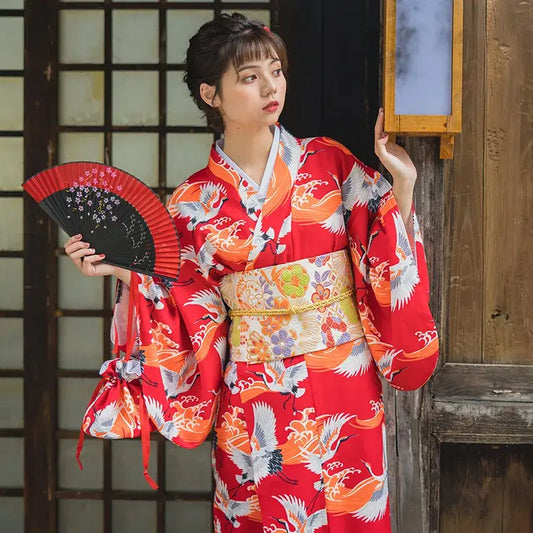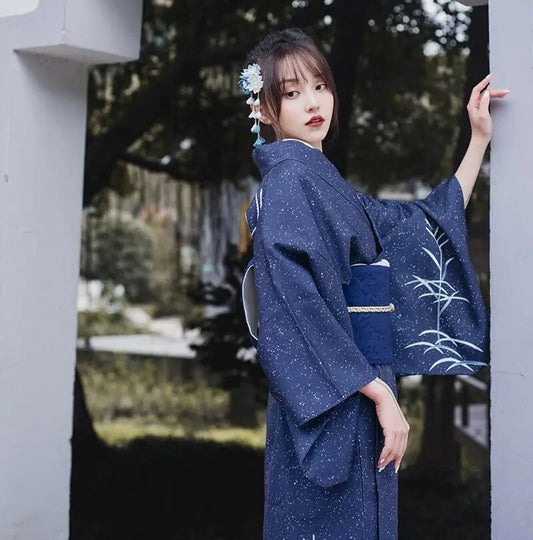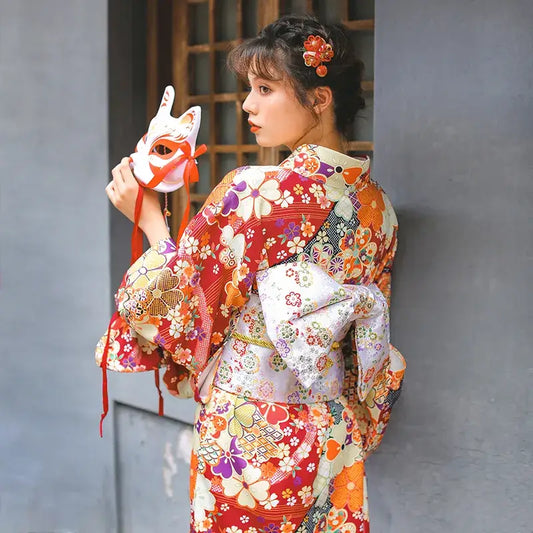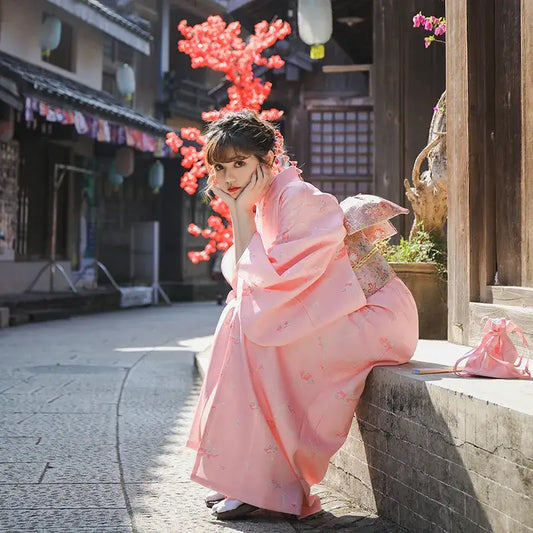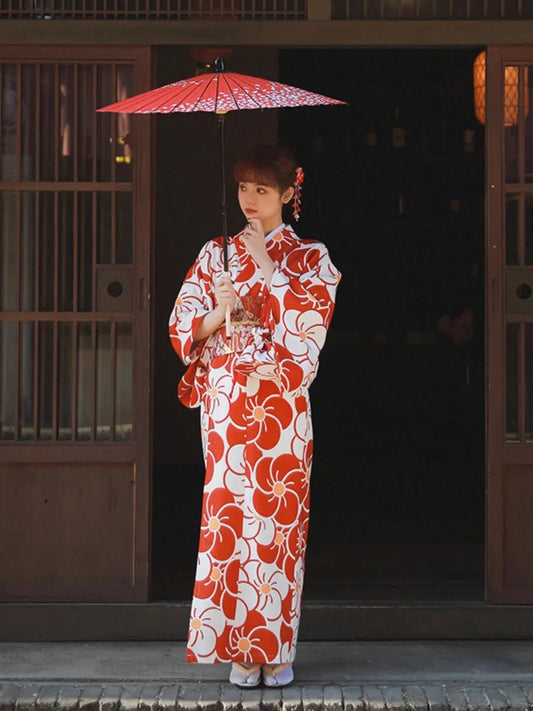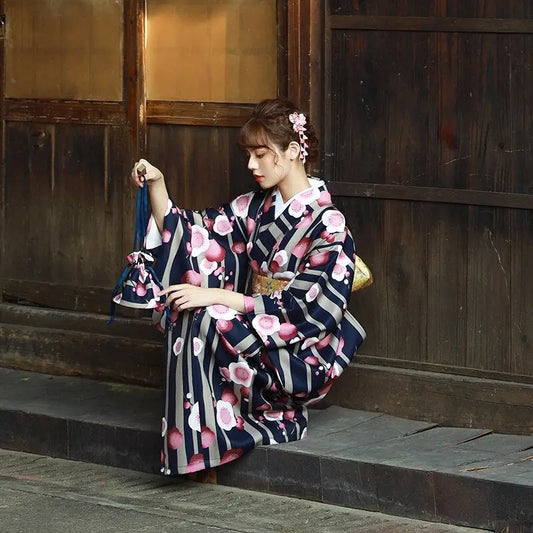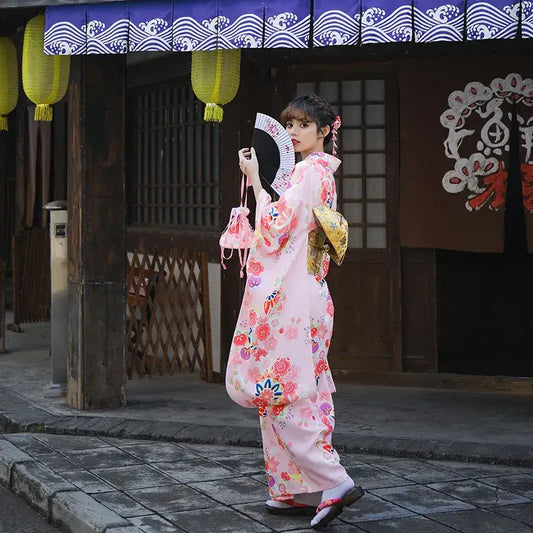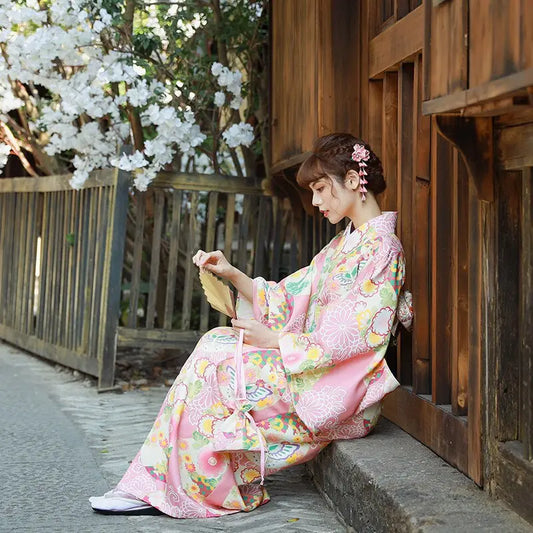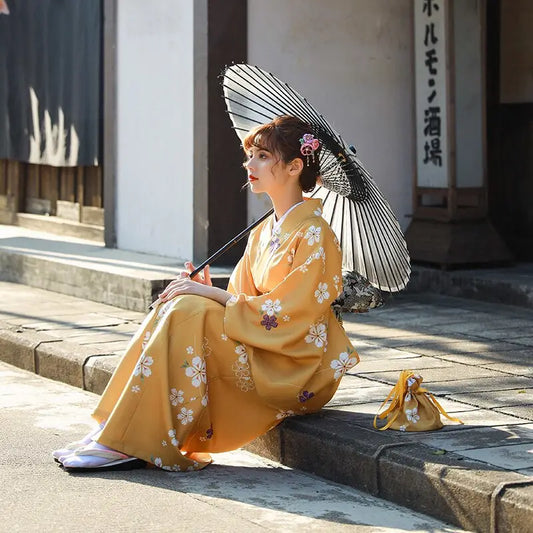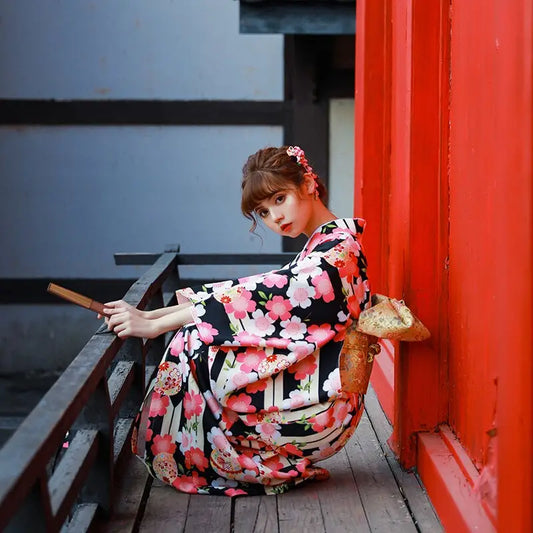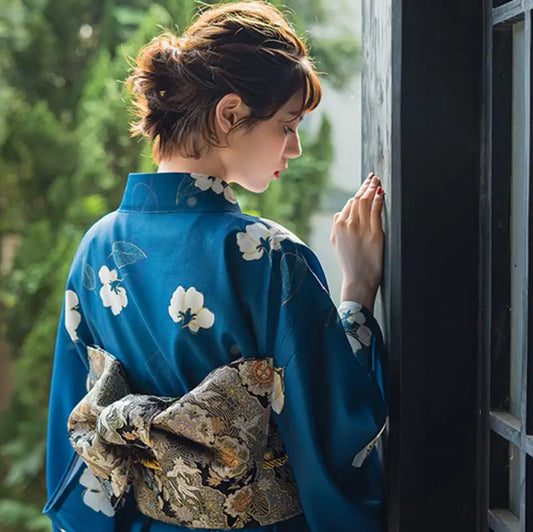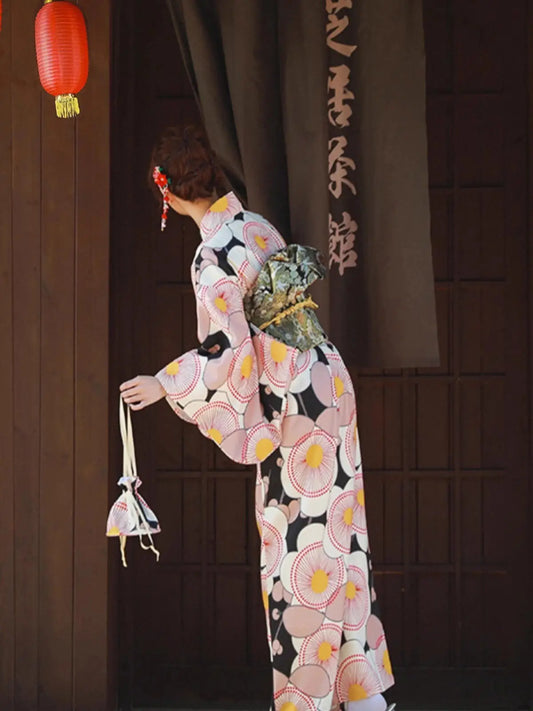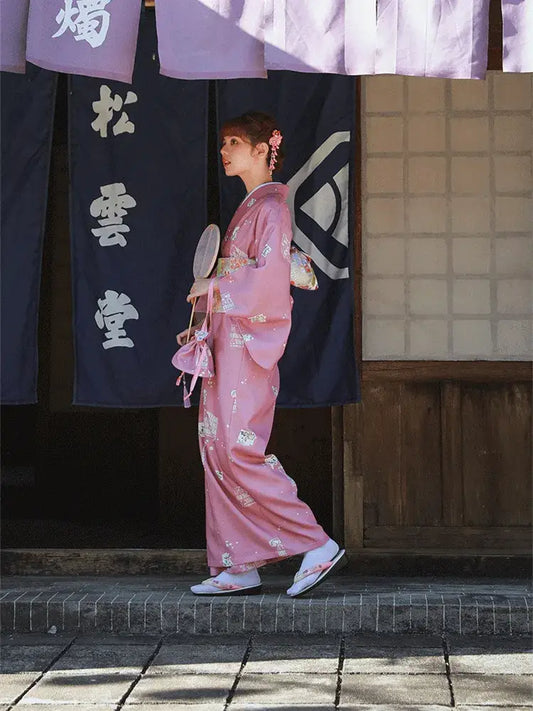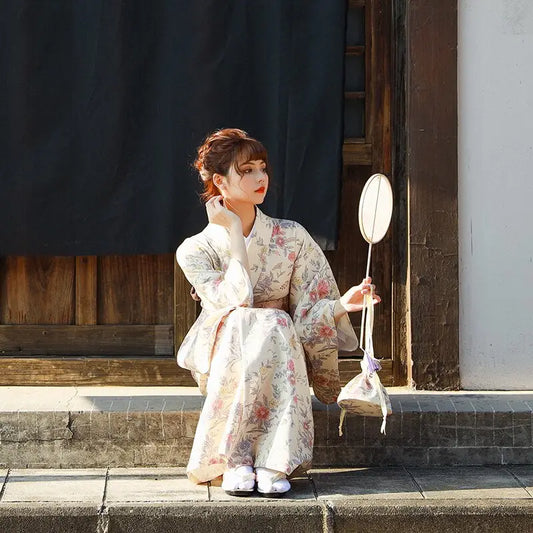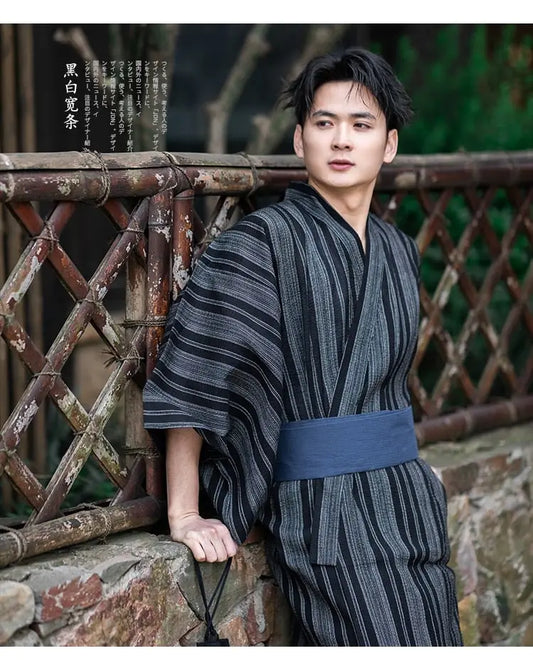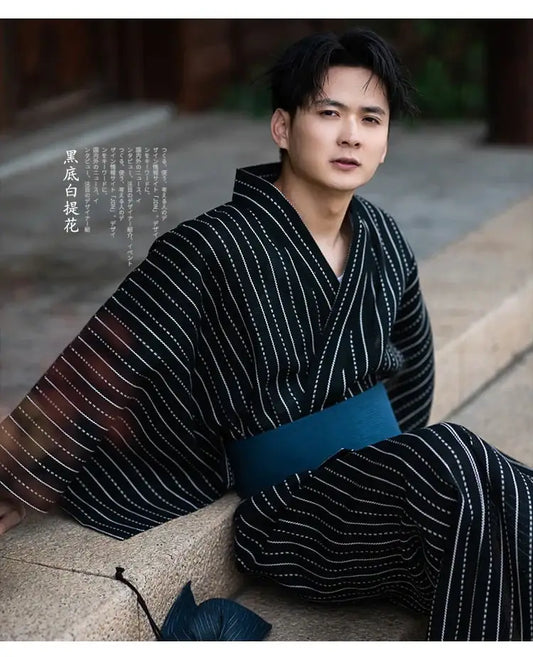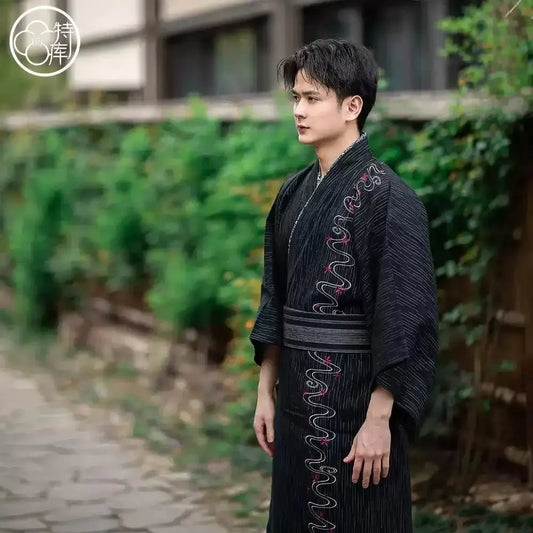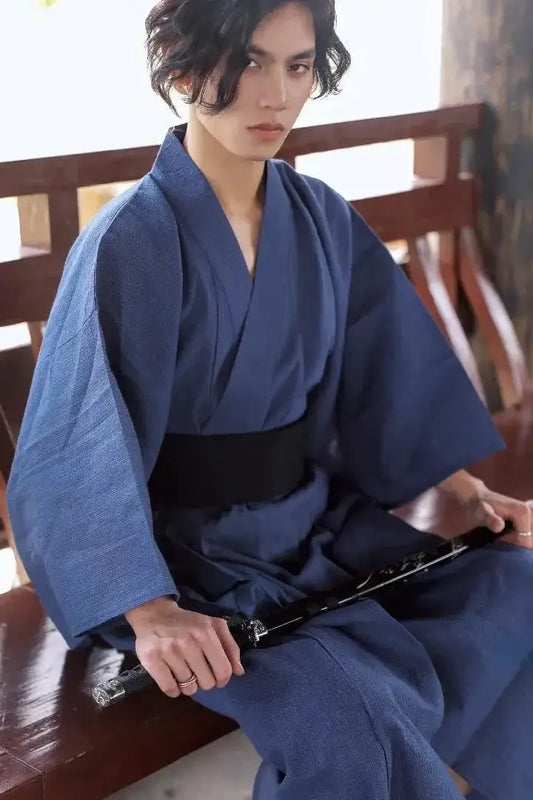Collection: Traditional Kimonos
-
Crane Birds Red Women's Kimono
Regular price 180$ USDRegular priceUnit price / per -
Navy Blue Women's Kimono
Regular price 200$ USDRegular priceUnit price / per -
Traditional Floral Pattern Women's Kimono
Regular price 200$ USDRegular priceUnit price / per -
Pink Fan Pattern Women's Kimono
Regular price 170$ USDRegular priceUnit price / per -
Red and White Florals Women's Kimono
Regular price 170$ USDRegular priceUnit price / per -
Sakura Striped Women's Kimono
Regular price 180$ USDRegular priceUnit price / per -
Cherry Blossom Traditional Women's Kimono
Regular price 180$ USDRegular priceUnit price / per -
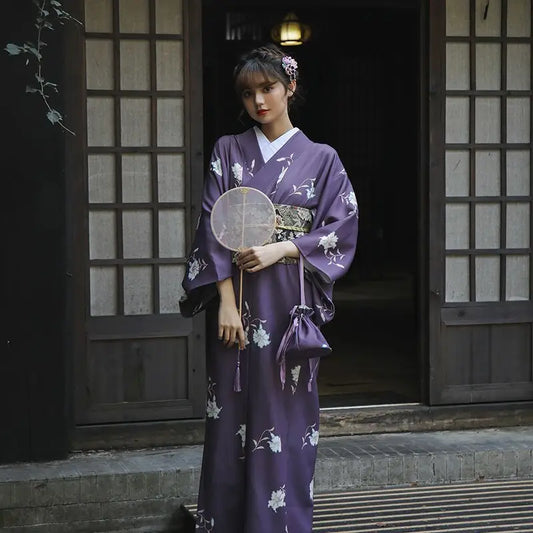
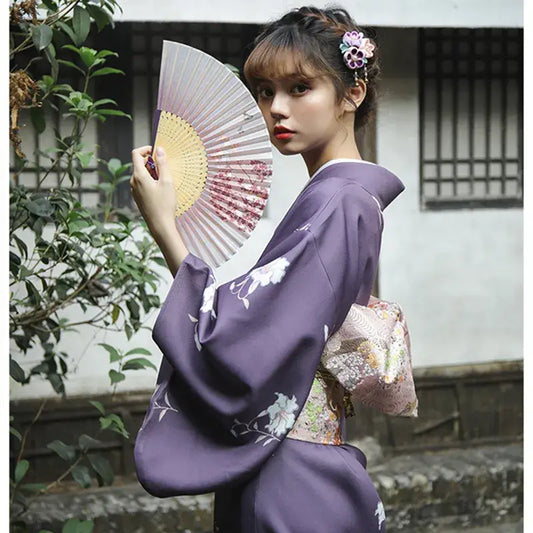 Sold out
Sold outWhite Floral Purple Women's Kimono
Regular price 180$ USDRegular priceUnit price / per -
Charming Florals Pink Women's Kimono
Regular price 170$ USDRegular priceUnit price / per -
White Sakura Yellow Women's Kimono
Regular price 170$ USDRegular priceUnit price / per -
Butterfly Navy Blue Women's Kimono
Regular price 170$ USDRegular priceUnit price / per -
Cherry Blossom Black Women's Kimono
Regular price 170$ USDRegular priceUnit price / per -
White Floral Blue Women's Kimono
Regular price From 170$ USDRegular priceUnit price / per -
Traditional Floral Women's Kimono
Regular price 180$ USDRegular priceUnit price / per -
Traditional Lavender Women's Kimono
Regular price 180$ USDRegular priceUnit price / per -
Traditional Pattern Women's Kimono
Regular price 180$ USDRegular priceUnit price / per -
Black and Grey Traditional Men Kimono
Regular price 120$ USDRegular priceUnit price / per -
Navy Blue Traditional Men Kimono
Regular price 110$ USDRegular priceUnit price / per -
White Striped Black Men Kimono
Regular price 120$ USDRegular priceUnit price / per -
Sakura River Black Men Kimono
Regular price 110$ USDRegular priceUnit price / per -
Sakura River Navy Men Kimono
Regular price 110$ USDRegular priceUnit price / per -
Dark Grey Traditional Men Kimono
Regular price 110$ USDRegular priceUnit price / per -
White Traditional Men Kimono
Regular price 85$ USDRegular priceUnit price / per -
Royal Blue Traditional Men Kimono
Regular price 85$ USDRegular priceUnit price / per -
Stripes Dots Traditional Men Kimono
Regular price 120$ USDRegular priceUnit price / per
Receive Updates Straight to Your Inbox 📩
Be the first to know about new releases and exclusive offers.
Elegance Embodied - The Timeless Grace of the Traditional Kimono
Steeped in history and imbued with cultural significance, the Traditional Kimono is more than just a garment—it is a symbol of Japanese heritage, an art form in its own right. These iconic robes, with their rich fabrics and intricate designs, embody a timeless elegance that transcends fashion trends, representing the epitome of grace and sophistication in Japanese society.The Traditional Kimono is crafted meticulously, often from silk, and is marked by its long, flowing sleeves and straight seams. The designs are rich and varied, reflecting the seasons, personal status, or special occasions for which the kimono is intended. From the understated, monochromatic patterns favored by men and married women, to the vibrant, multi-layered ensembles worn by young, unmarried women, the kimono is adaptable and deeply personal.
Wearing a Traditional Kimono is an art form in itself, involving precise techniques for folding and securing the fabric with an obi, or wide belt. This process, while methodical, allows for personal expression, as the choice of obi and accessories can significantly alter the overall look of the ensemble.
In modern times, the Traditional Kimono continues to hold a revered place in Japanese culture. While Western-style clothing is commonly worn for day-to-day life, the kimono is chosen for special occasions such as weddings, tea ceremonies, and cultural festivals. On these occasions, wearing a kimono is a gesture of respect, signaling the wearer’s engagement with the tradition and formality of the event.
In a world that is increasingly fast-paced and ever-changing, the Traditional Kimono stands as a testament to the enduring allure of careful craftsmanship and meaningful design. It is a celebration of Japanese culture, history, and identity, encapsulating the essence of Japan in every stitch and fold.
When you don a Traditional Kimono, you are not simply putting on a piece of clothing—you are embracing a rich and storied tradition, and in doing so, you become a living part of that heritage, a moving portrait of grace and elegance that is as timeless as the kimono itself.


